More mental health
April 24, 2018
All across the country, whether in first grade or college, students now share a universal fear. A fear that affects a person’s sense of safety, focus and emotional well-being in an environment that should be kept harmless and comfortable. A fear that no one, let alone a student, should ever have to face. A fear of being shot to death in school.
Since the turn of the century, our society has been plagued by the ongoing, increasing severity of mass shootings across the country. Most notably, these shootings are occurring in schools more than ever before. As the problem persists and intensifies, politicians, representatives and media networks alike approach the issue from all around the table, disagreeing on an issue that should be kept nonpartisan for the sake of the youth’s future. So, instead of arguing about protocol, new safety procedures or even stricter gun control, it’s time that we stop reacting and become proactive. It’s time that we stop the problem at its root. The answer is to raise awareness and focus on mental health, and here’s why.
As a matter of fact, some of the most famous shootings were committed by mentally unstable culprits, including Parkland, Columbine, and Sandy Hook to name a few. According to the LA Times, the two teenagers who committed the heinous shooting at Columbine in 1999 were reported to suffer from mental illnesses, one with severe depression and the other with psychopathy. Flash forward to 2011, where Adam Lanza came armed to Sandy Hook Elementary School and ended the lives of 26 students and staff members, Yale medical experts released data that showed their drastic measures to help Lanza’s anxiety disorder went largely unheeded by the mother a year before the incident happened. And most recently, after the fatal school shooting at Marjory Stoneman Douglas High School in Parkland, Fla. on Feb. 14, it was reported that Nikolas Cruz’s mother did not listen to the school counselor’s suggestion to detain Cruz for his severe depression and ADHD.
Although these three shootings, unfortunately, only represent a small fraction of the entire scheme of school gun violence, there is a clear line that connects the incidents. Three of the major school shootings in our country’s history were committed by people who had known mental health issues that were not handled properly. There needs to be increased awareness of the dangers that could outcome from people who are insufficiently treated for mental illness. Of course, very few cases of mental illness result in gun violence; the majority of people with mental health issues learn to cope and live a completely normal life. But that doesn’t mean it’s okay to ignore the problem. There needs to be more emphasis on school counseling, informing students and parents, helping students at every turn.
Hopefully, there will never be a next time, but if there were to be another school shooting in our country’s future, it is important to pay attention to the images of the murderer and ask yourself what you see. You will see an empty look, someone who obviously does not share the same empathy as someone who is mentally healthy, someone who was not receiving the right attention. Do you think stricter gun laws or school security would stop someone with this deprivation from shooting up a school? Let’s stop the problem at its roots; we’re sick of grieving after the fact. Time for change. Time for proactivism.


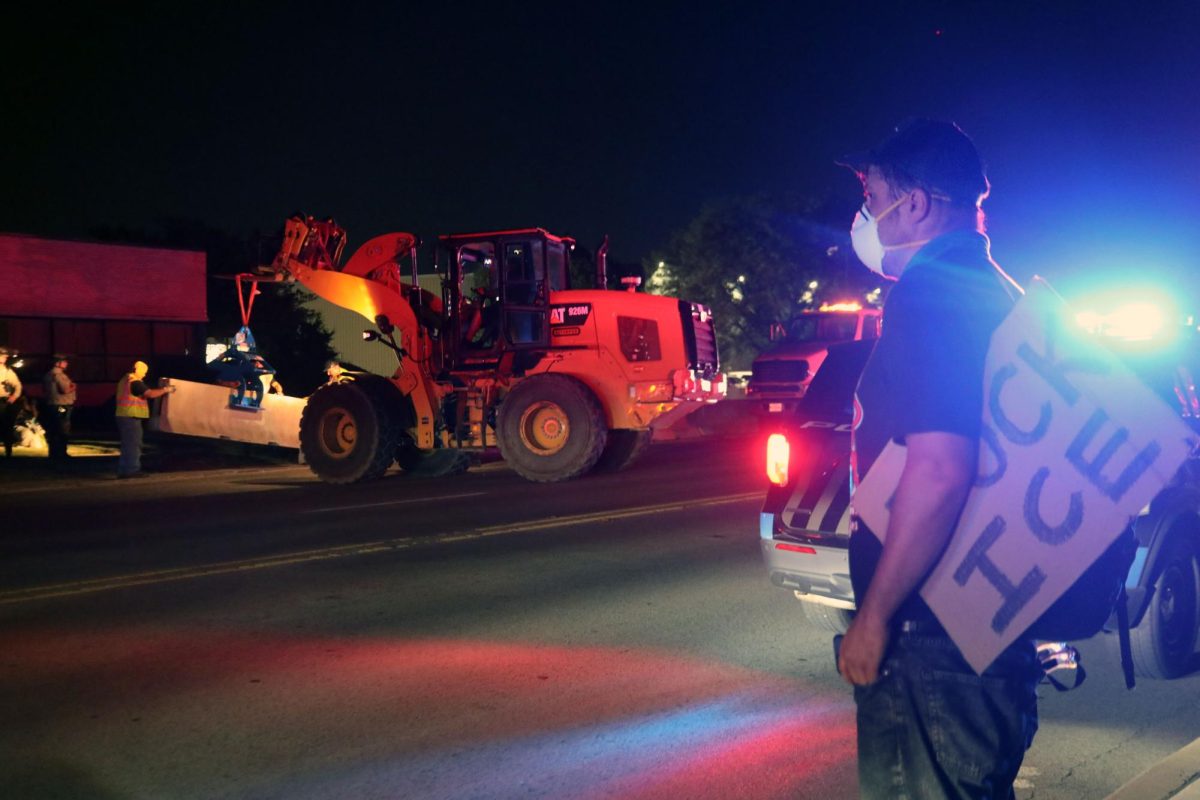




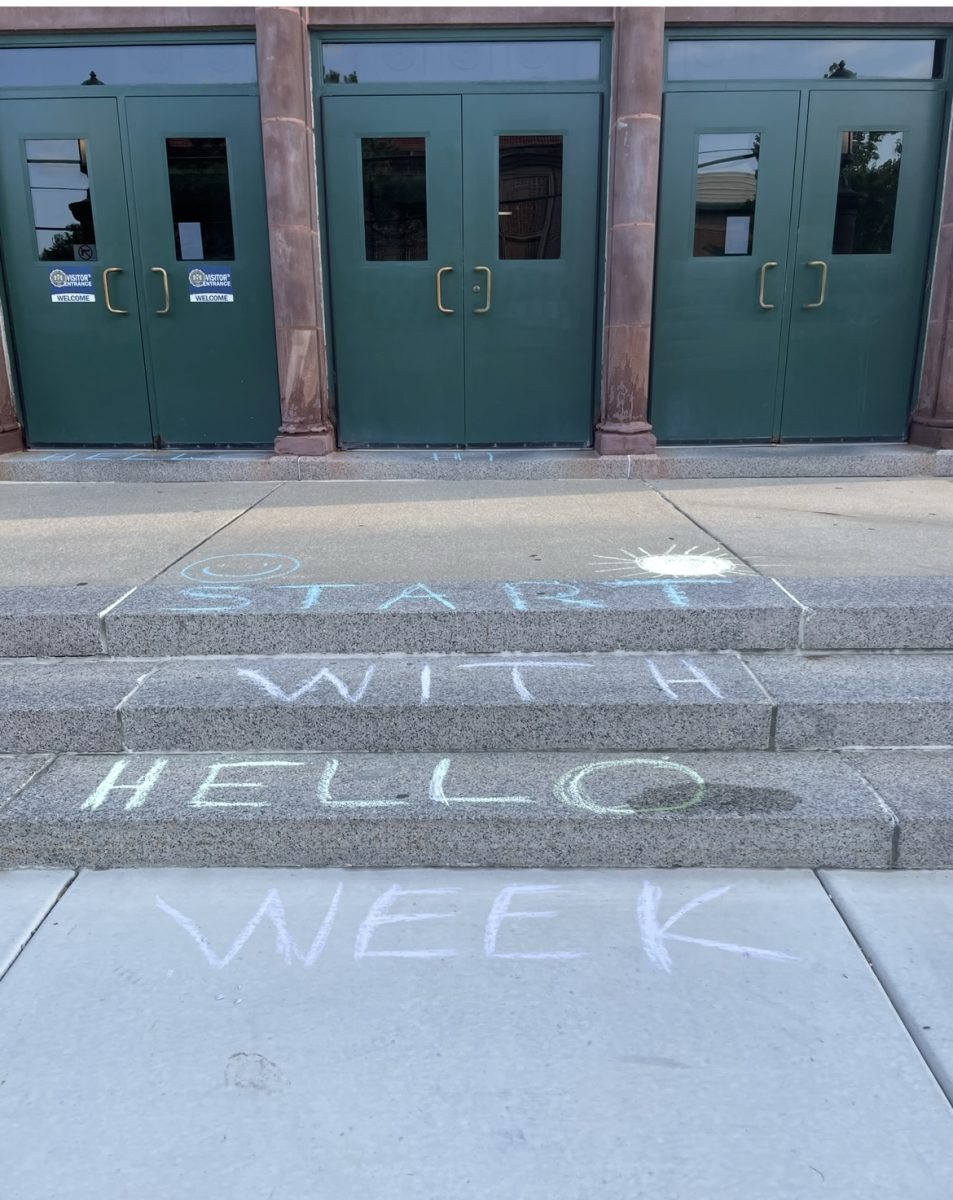

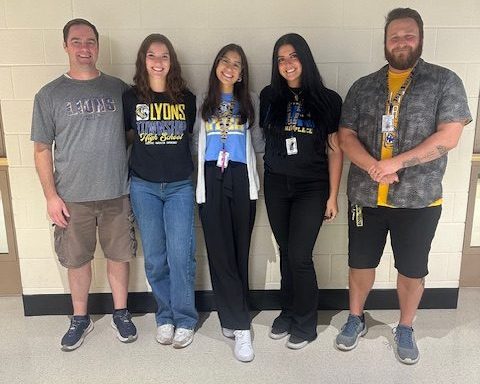
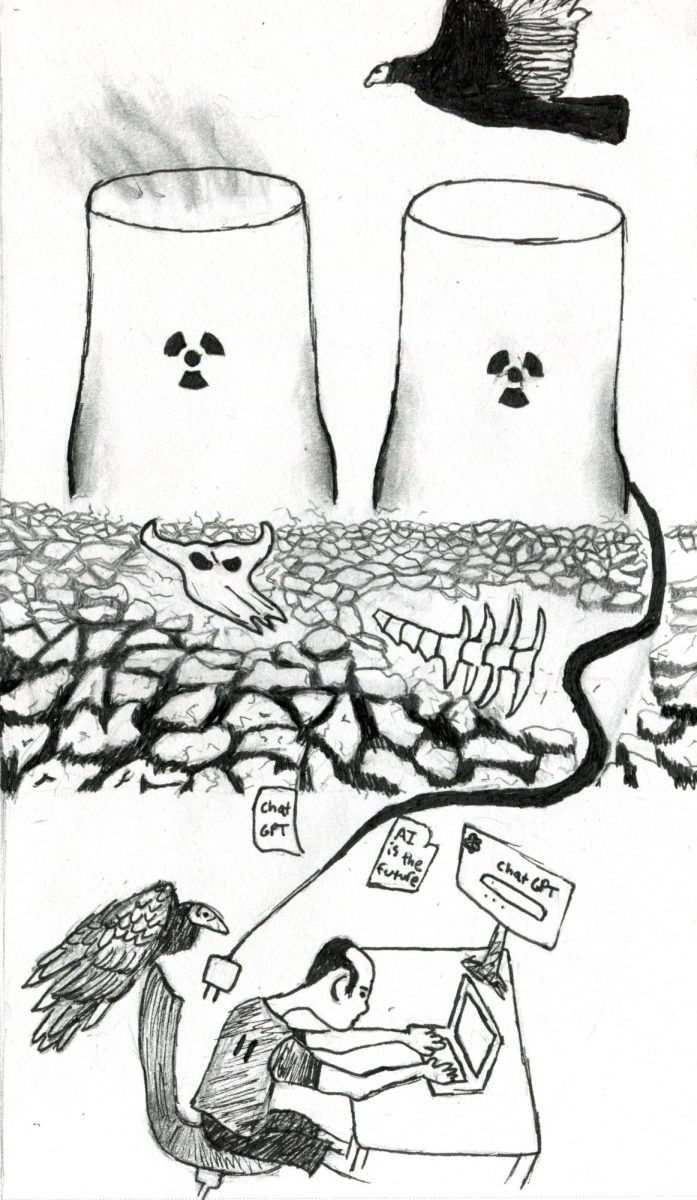
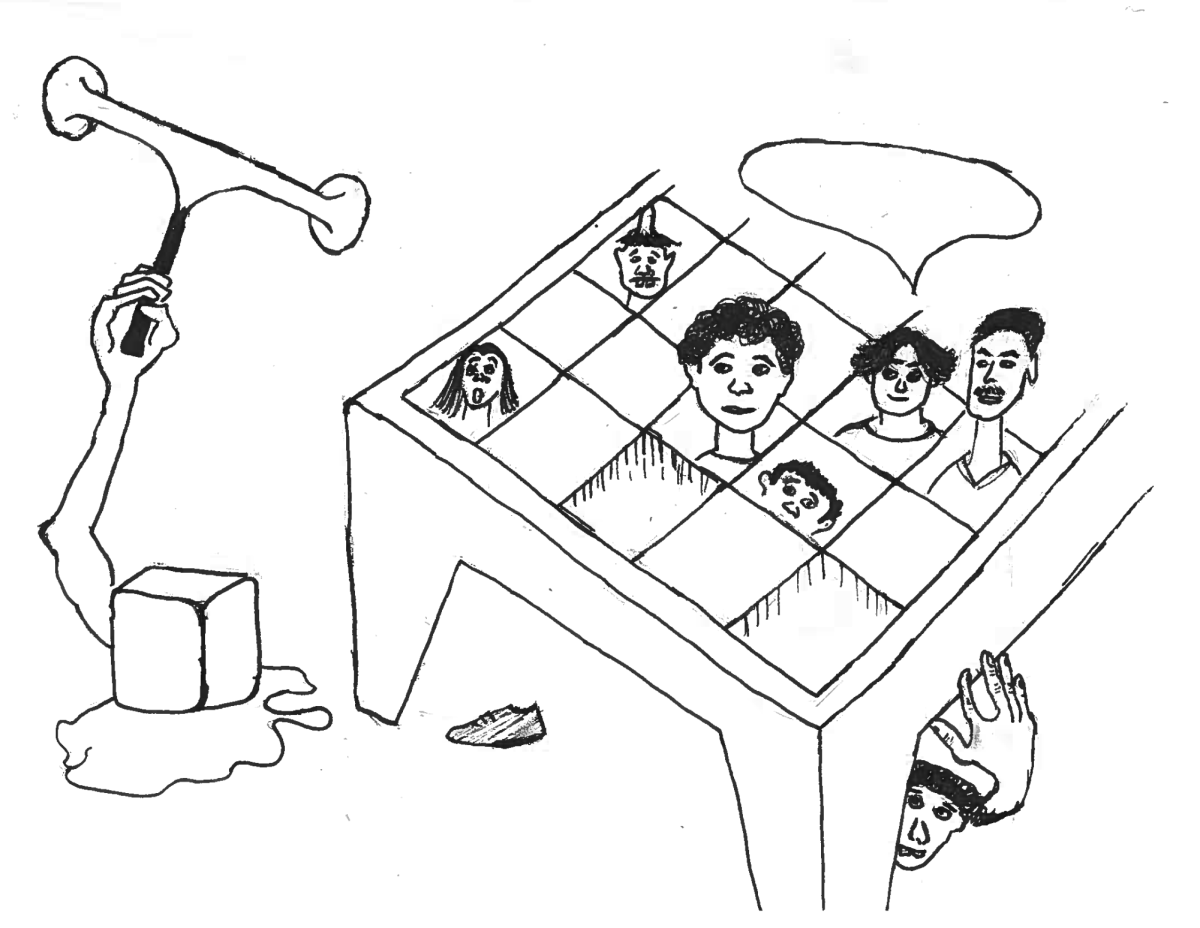

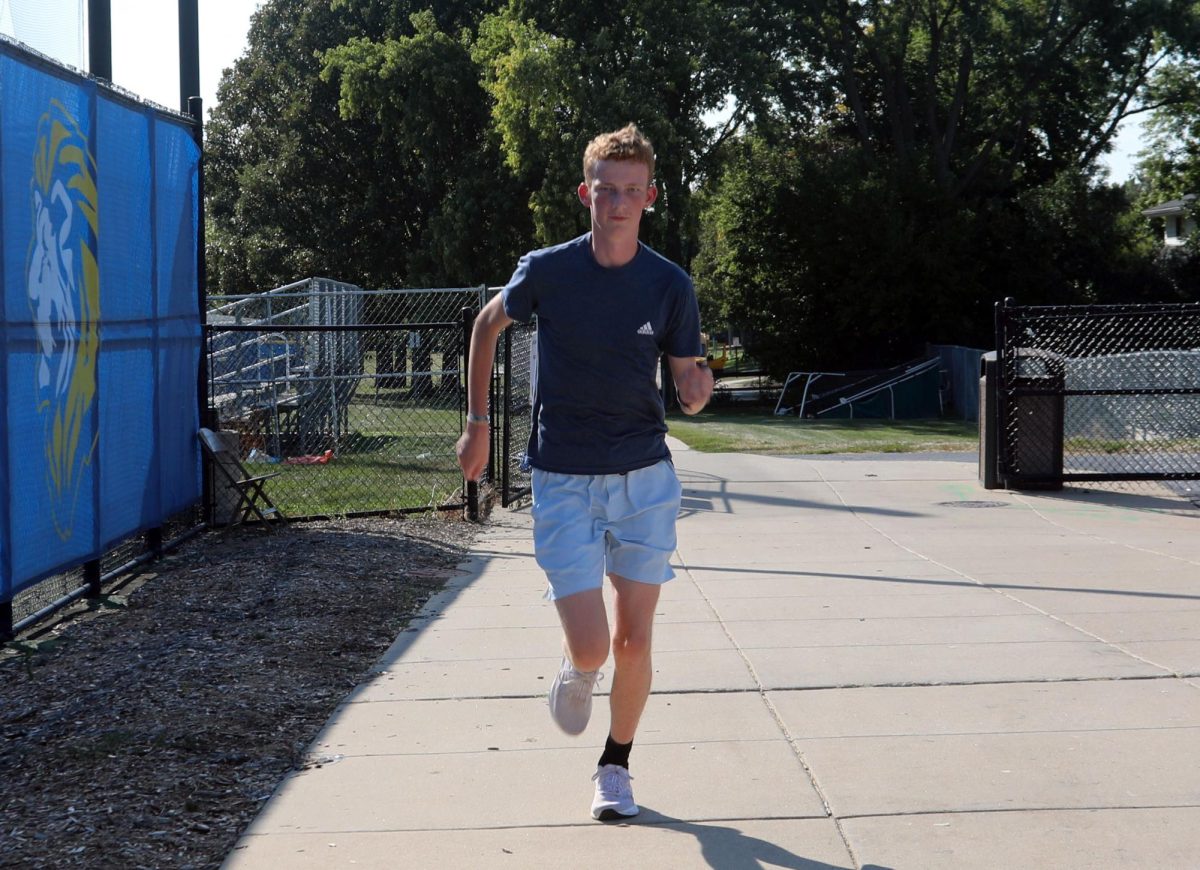




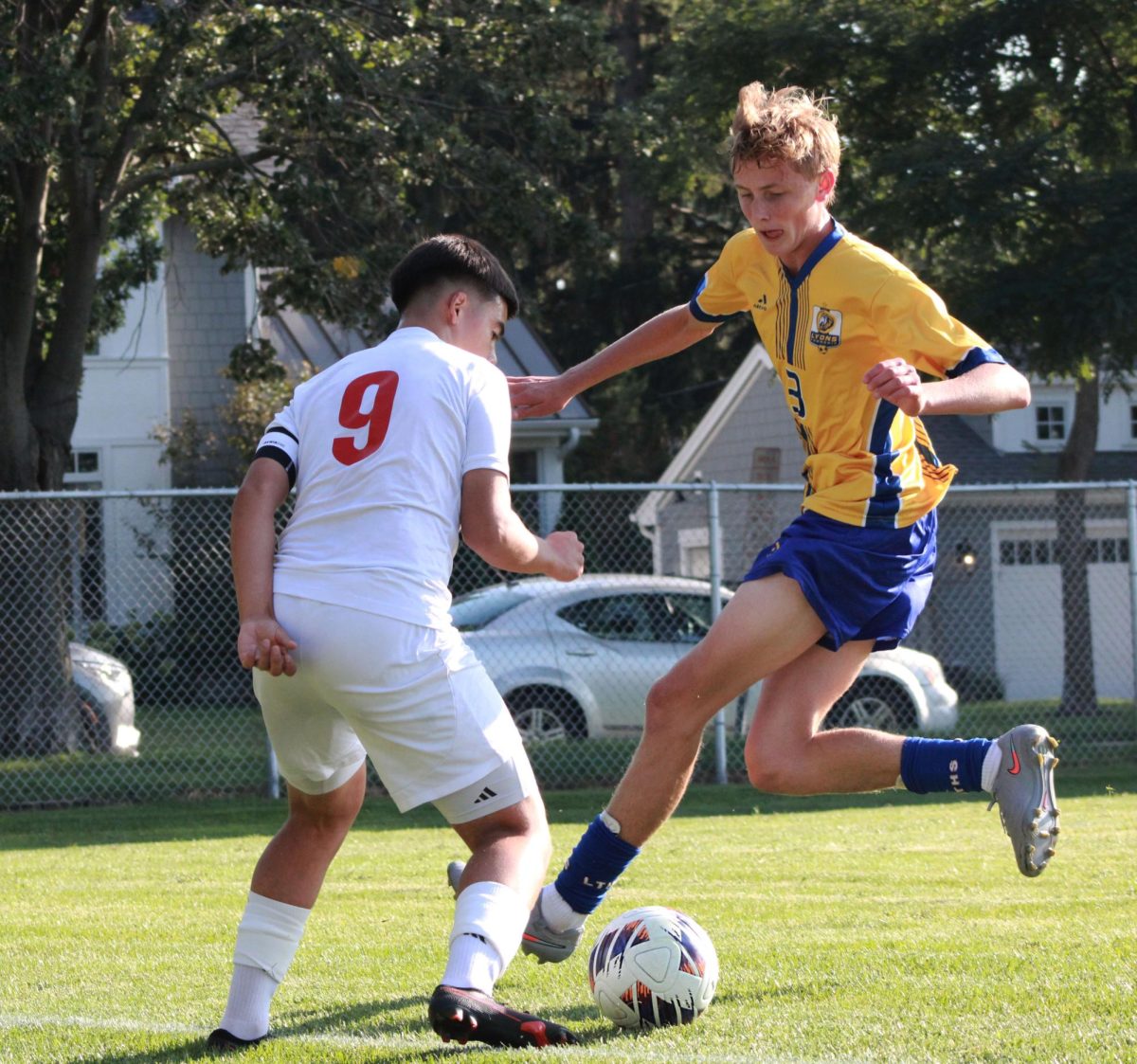
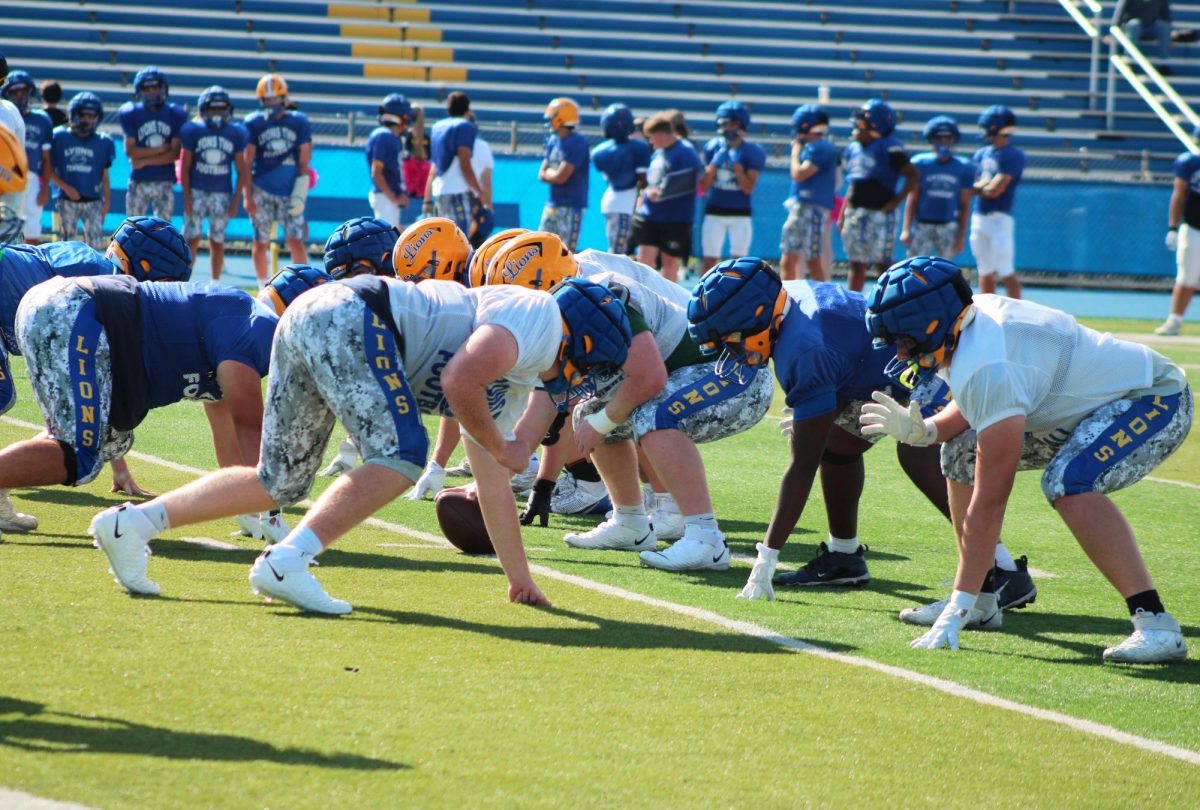




![Movie poster for '[Rec]" (2007).](https://www.lionnewspaper.com/wp-content/uploads/2023/04/rec-640x900.jpg)


